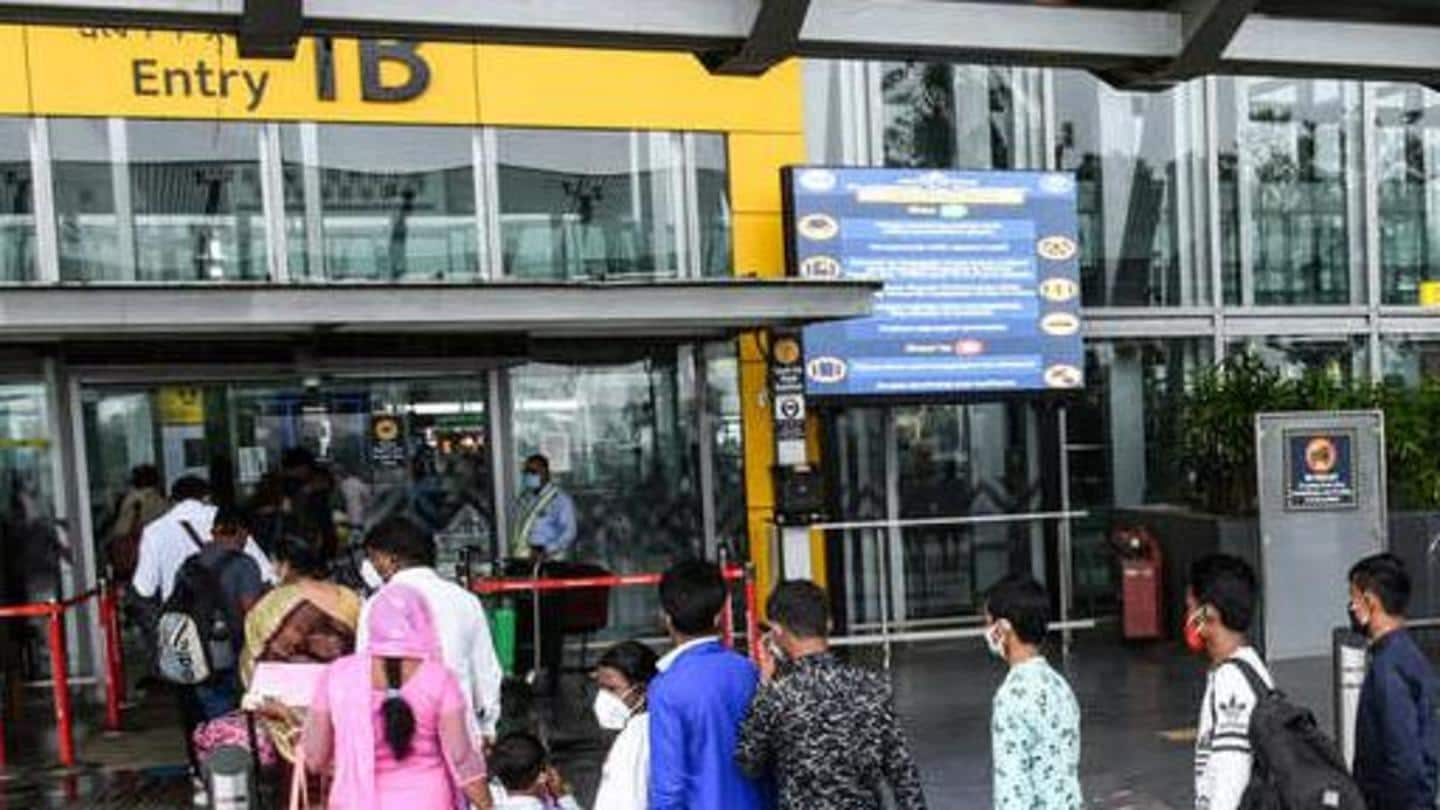Delhi Airport evaluating 'computer vision' technology to track passengers: CEO
What's the story
Delhi Airport is evaluating "computer vision" technology to track passengers, reduce waiting time, and ensure social distancing at its terminals, a top official of the facility's operator informed on Tuesday.
Computer vision technology uses images to analyze and understand passenger density at the airport. It has already been installed at the GMR Group-led Hyderabad Airport.
Information
Delhi Airport installed the Xovis passenger tracking system last month
Delhi Airport, which is also led by a GMR Group-headed consortium, installed the Xovis passenger tracking system (PTS) at Terminal 3 last month. It uses sensors to check passenger density.
Details
New technology might be used at Terminal 1
"We are also evaluating some other technologies," Videh Kumar Jaipuriar, CEO of Delhi International Airport Limited said.
"As you might be aware that Terminal 1 is getting revamped, so while this (Xovis) system is a tried and tested one, there is also something called computer vision technology our Hyderabad Airport has tried. We are also evaluating that for future uses," he added.
Xovis
The Xovis system counts and tracks passengers anonymously
Since flight operations are currently less than pre-COVID levels, only Terminal 2 and 3 of the Delhi Airport are handling aircraft movement.
Under the Xovis passenger tracking system, passengers are counted and tracked anonymously using ceiling-mounted sensors.
The PTS receives data streams from sensors and provides the airport operator with valuable key performance indicators (KPIs) such as waiting times, process times, and passenger throughput.
Information
PTS display screens placed at various points of Terminal 3
The KPIs are visualized on an intuitive dashboard, enabling airports to quickly identify crowded areas and bottlenecks. The operator has put PTS display screens at various points of Terminal 3 check-in hall, arrival pier junction, among other points.
